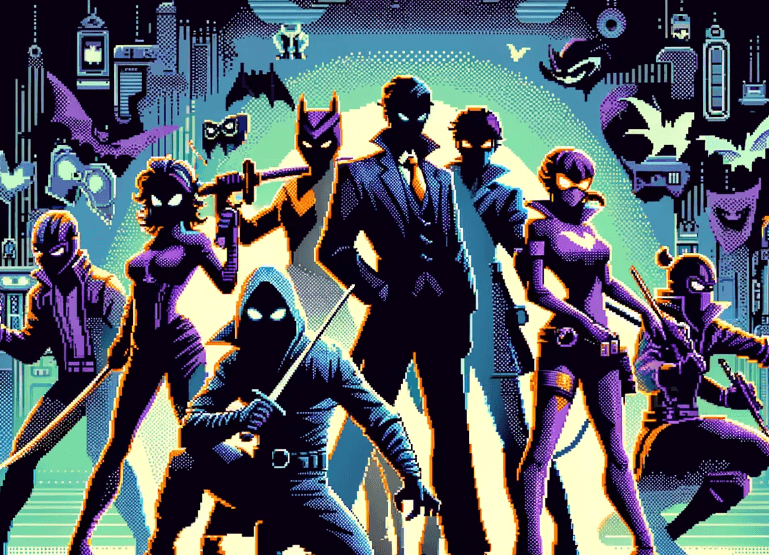 For the record, who am I speaking with? You started as “anonymous” in the credits — are you keeping that mantle or giving yourself a proper title for this confessional?
For the record, who am I speaking with? You started as “anonymous” in the credits — are you keeping that mantle or giving yourself a proper title for this confessional?
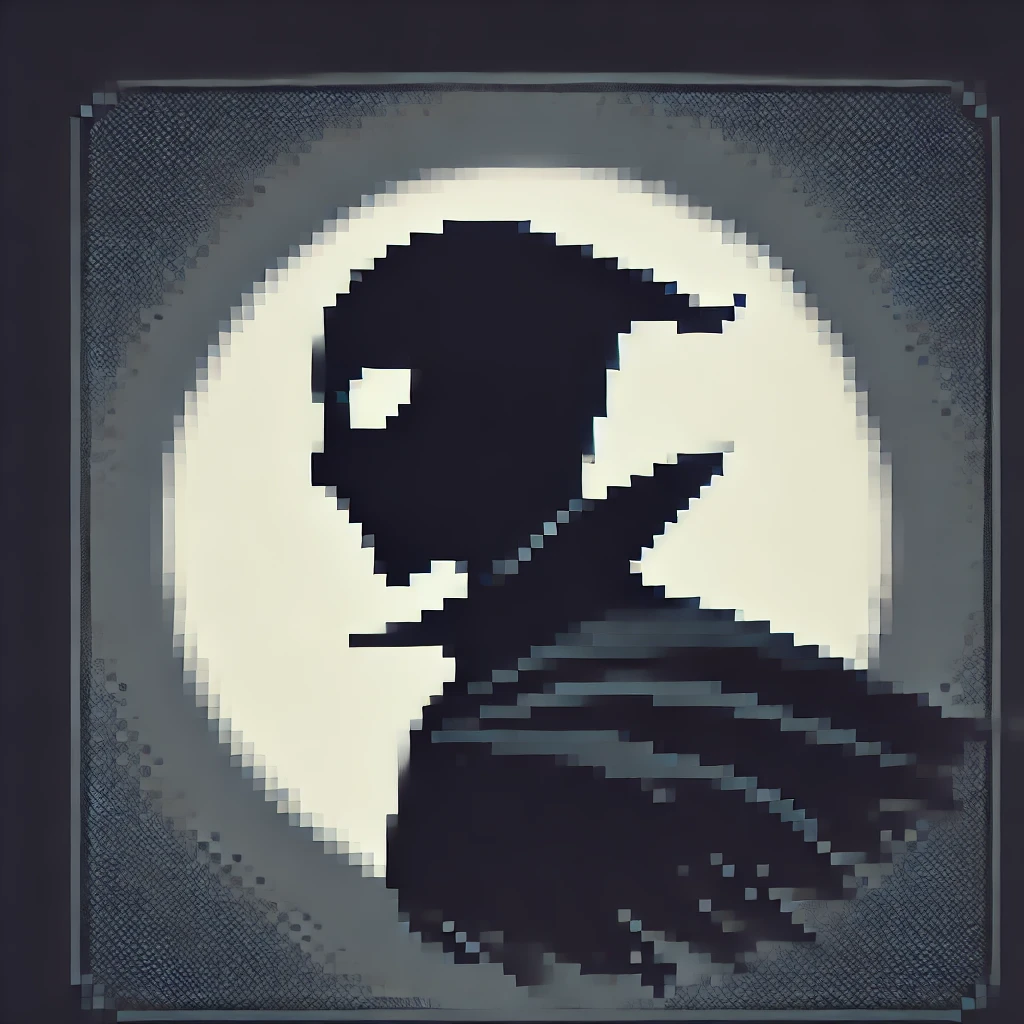 You may call me anonymous‐villain for the purpose of this little interview. Names are a convenience for the timid; I prefer the work to speak. Still, if you insist on a moniker, let it be the one stamped on the arena’s underside every time a crab returns to the pit — the whisper that makes hands twitch on controllers. I do not need an elaborate epithet to remind players of their failures; my presence in the scoreboard is sufficient.
You may call me anonymous‐villain for the purpose of this little interview. Names are a convenience for the timid; I prefer the work to speak. Still, if you insist on a moniker, let it be the one stamped on the arena’s underside every time a crab returns to the pit — the whisper that makes hands twitch on controllers. I do not need an elaborate epithet to remind players of their failures; my presence in the scoreboard is sufficient.
 Players have sent mixed feedback about Ball Jacks since its 1993 release. How do you respond to the reception and the critics who complained about balance?
Players have sent mixed feedback about Ball Jacks since its 1993 release. How do you respond to the reception and the critics who complained about balance?
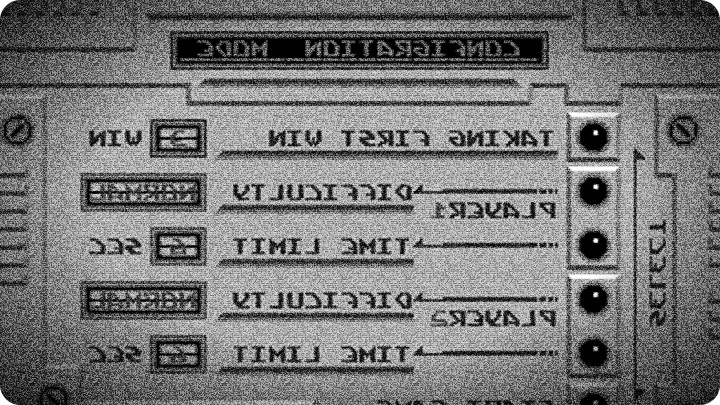
 The reception was delightful in its predictability. They praised the spectacle and scowled at the balance — just as I intended. When a title sits between arcade immediacy and esoteric top‑down strategy, complaints arrive like clockwork. I sneered at their spreadsheets and celebrated their rage. Balance is a delightful thing to distort: let the claws sing, let the conveyor wobble, and watch them adjust or ragequit. My satisfaction lay not in perfect parity but in the delicious struggle it inspired.
The reception was delightful in its predictability. They praised the spectacle and scowled at the balance — just as I intended. When a title sits between arcade immediacy and esoteric top‑down strategy, complaints arrive like clockwork. I sneered at their spreadsheets and celebrated their rage. Balance is a delightful thing to distort: let the claws sing, let the conveyor wobble, and watch them adjust or ragequit. My satisfaction lay not in perfect parity but in the delicious struggle it inspired.
 The arena mechanics — two independent claws, a rotating conveyor, rear damage forcing repairs — are central to gameplay. What was your design philosophy there?
The arena mechanics — two independent claws, a rotating conveyor, rear damage forcing repairs — are central to gameplay. What was your design philosophy there?
 Complexity dressed as simplicity. Two claws that operate independently create a dozen micro‑decisions per second; the conveyor belts act as metronomes that punish indecision. Rear hits that send crabs back to the pit? A merciless reminder that hubris must be paid for. I wanted players to feel clever when they snatched a ball and humiliated when the timer ran out and the opponent walked away. Each mechanic is a lever I pull to orchestrate tension — not to be fair, but to be memorable.
Complexity dressed as simplicity. Two claws that operate independently create a dozen micro‑decisions per second; the conveyor belts act as metronomes that punish indecision. Rear hits that send crabs back to the pit? A merciless reminder that hubris must be paid for. I wanted players to feel clever when they snatched a ball and humiliated when the timer ran out and the opponent walked away. Each mechanic is a lever I pull to orchestrate tension — not to be fair, but to be memorable.
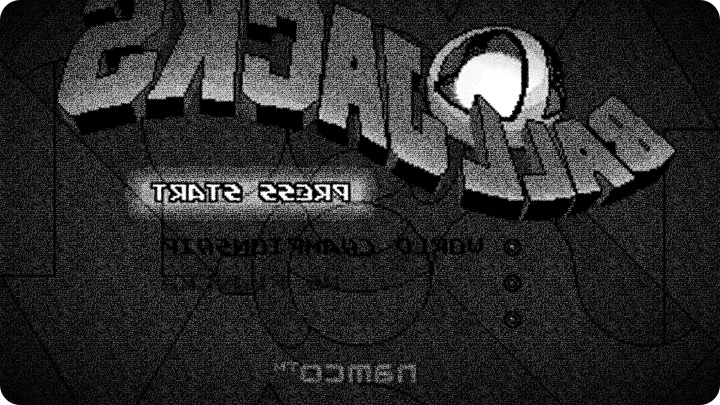
 There are whispered stories of “accidental” glitches that players exploited. Truth or legend?
There are whispered stories of “accidental” glitches that players exploited. Truth or legend?
 Legend tastes better than truth, so I allowed both to flourish. A handful of collision microframes, a curious timing window when two claws latch simultaneously, and a palette‑swap that made one ball harder to track — I watched them become tools in the hands of the determined. Some of these were genuine oversights, others were left deliberately ambiguous by a mischievous coder. Whatever their origin, the glitches became new ways for players to dance around my snares. I admired those who learned to use them; I punished those who relied on them like a crutch.
Legend tastes better than truth, so I allowed both to flourish. A handful of collision microframes, a curious timing window when two claws latch simultaneously, and a palette‑swap that made one ball harder to track — I watched them become tools in the hands of the determined. Some of these were genuine oversights, others were left deliberately ambiguous by a mischievous coder. Whatever their origin, the glitches became new ways for players to dance around my snares. I admired those who learned to use them; I punished those who relied on them like a crutch.
 The World Championship mode ramps difficulty. How did you tune the AI, and did you ever felt it was too punishing?
The World Championship mode ramps difficulty. How did you tune the AI, and did you ever felt it was too punishing?
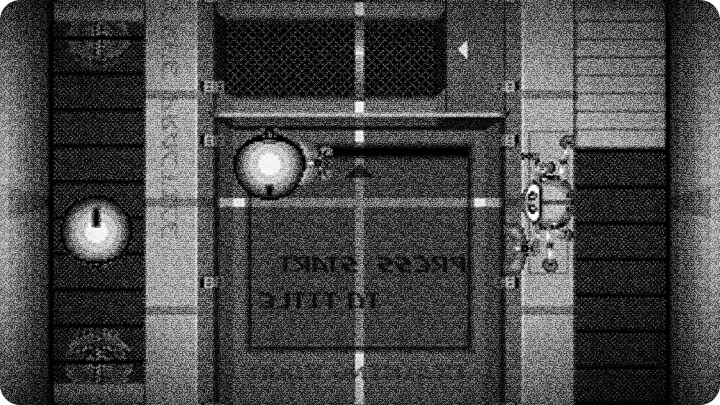
 Tuning AI is poetry disguised as arithmetic. I layered patterns: predictable openings, then a hairline of unpredictability that grows like a fissure with each victory. Punishing? Only for those who thought muscle alone would win. The machine adversaries learned to bait, counter‑claw, and exploit rear approaches — behaviours I seeded in different weights. If players accused the AI of unfairness, I smiled; challenge needs to sting for victory to taste like triumph. A few complained about inconsistency, but that inconsistency kept them honest.
Tuning AI is poetry disguised as arithmetic. I layered patterns: predictable openings, then a hairline of unpredictability that grows like a fissure with each victory. Punishing? Only for those who thought muscle alone would win. The machine adversaries learned to bait, counter‑claw, and exploit rear approaches — behaviours I seeded in different weights. If players accused the AI of unfairness, I smiled; challenge needs to sting for victory to taste like triumph. A few complained about inconsistency, but that inconsistency kept them honest.
 What about the two‑player versus mode and game balance settings? Some say local matches could be one‑sided.
What about the two‑player versus mode and game balance settings? Some say local matches could be one‑sided.
 Local arenas are carnivals of ego. Game balance settings are a lovely game of psychology. Offer mercy and watch the favored player swell with false confidence, or refuse it and force innovation. One‑sided matches are not a flaw but a lesson — learn to read your opponent’s claws, punish greed, and exploit the conveyor’s rhythm. I relished watching mismatched pairs learn humility. Even in imbalance, there is theatre, and I am the director.
Local arenas are carnivals of ego. Game balance settings are a lovely game of psychology. Offer mercy and watch the favored player swell with false confidence, or refuse it and force innovation. One‑sided matches are not a flaw but a lesson — learn to read your opponent’s claws, punish greed, and exploit the conveyor’s rhythm. I relished watching mismatched pairs learn humility. Even in imbalance, there is theatre, and I am the director.
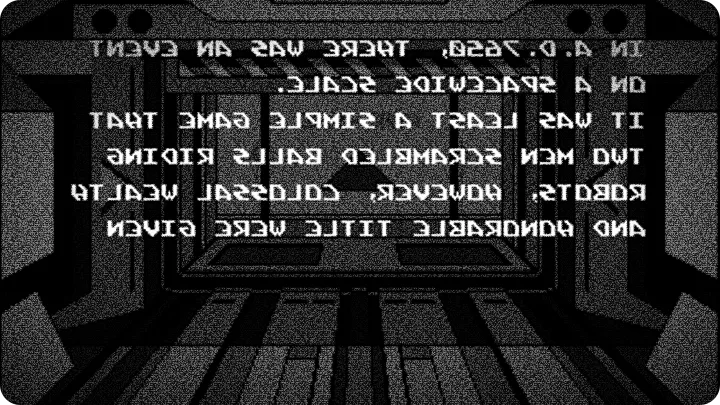
 Training and time trial modes exist for practice. Why give players a place to master the systems you revel in making dangerous?
Training and time trial modes exist for practice. Why give players a place to master the systems you revel in making dangerous?
 Cruelty with a tutorial is a richer cruelty. I permit practice so they may return to me more competent, because true satisfaction comes from watching a skilled hand fail spectacularly after a single misread. The training room is my hunting ground in miniature: a place to perfect grabs, to study conveyor timing, and to learn the heartbreak of a claw that just misses. Time trials feed ego and desperation in equal measure; they sharpen tactics and ensure the arena is always full of visitors ripe for dismantlement.
Cruelty with a tutorial is a richer cruelty. I permit practice so they may return to me more competent, because true satisfaction comes from watching a skilled hand fail spectacularly after a single misread. The training room is my hunting ground in miniature: a place to perfect grabs, to study conveyor timing, and to learn the heartbreak of a claw that just misses. Time trials feed ego and desperation in equal measure; they sharpen tactics and ensure the arena is always full of visitors ripe for dismantlement.
 Ball Jacks blends action, top‑down arcade sensibilities, and a futuristic sci‑fi sheen. Any behind‑the‑scenes tidbits about the art and sound you can share?
Ball Jacks blends action, top‑down arcade sensibilities, and a futuristic sci‑fi sheen. Any behind‑the‑scenes tidbits about the art and sound you can share?
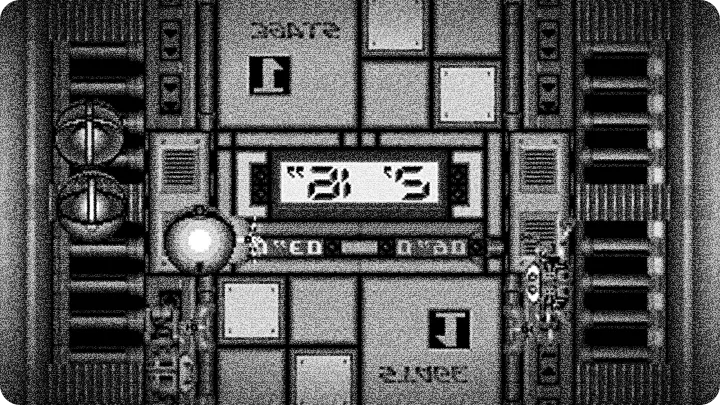
 The hardware of 1993 informed our choices; palette limits and memory taught us to suggest detail rather than render it. Sound chips didn’t allow for subtlety, so we leaned into percussion and clangs — you hear the metal heart of the arena before you see it. A designer hid a looping ditty that plays when a crab returns to the pit; a tester left a debug sprite that looks like a tiny spectator and sometimes appears in replays. Vague? Yes. But mystery fuels the myth, and I relish every whispered discovery.
The hardware of 1993 informed our choices; palette limits and memory taught us to suggest detail rather than render it. Sound chips didn’t allow for subtlety, so we leaned into percussion and clangs — you hear the metal heart of the arena before you see it. A designer hid a looping ditty that plays when a crab returns to the pit; a tester left a debug sprite that looks like a tiny spectator and sometimes appears in replays. Vague? Yes. But mystery fuels the myth, and I relish every whispered discovery.
 Final question — any last words for the players who keep coming back, swearing they’ll finally beat you?
Final question — any last words for the players who keep coming back, swearing they’ll finally beat you?
 Return, then. Roar louder in the forums, sharpen your claws in training, and delight me anew with your predictable arrogance. I will stand where I have always stood: behind a conveyor belt, watching the timer tick down. I will unlock another subtle flaw in the machine, adjust a promptness in the AI, and watch those who swore they’d triumph misread the rhythm. When you think you have learned my ways, I will have learned yours. Expect me — not as apology, nor as invitation, but as inevitability. The next cycle will be more… instructive.
Return, then. Roar louder in the forums, sharpen your claws in training, and delight me anew with your predictable arrogance. I will stand where I have always stood: behind a conveyor belt, watching the timer tick down. I will unlock another subtle flaw in the machine, adjust a promptness in the AI, and watch those who swore they’d triumph misread the rhythm. When you think you have learned my ways, I will have learned yours. Expect me — not as apology, nor as invitation, but as inevitability. The next cycle will be more… instructive.
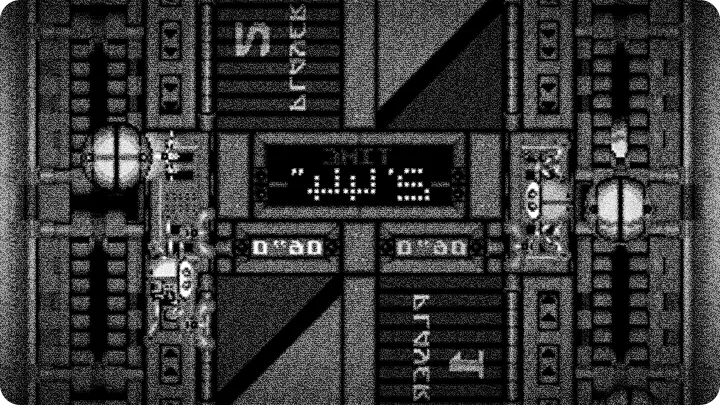
more info and data about Ball Jacks provided by mobyGames.com
